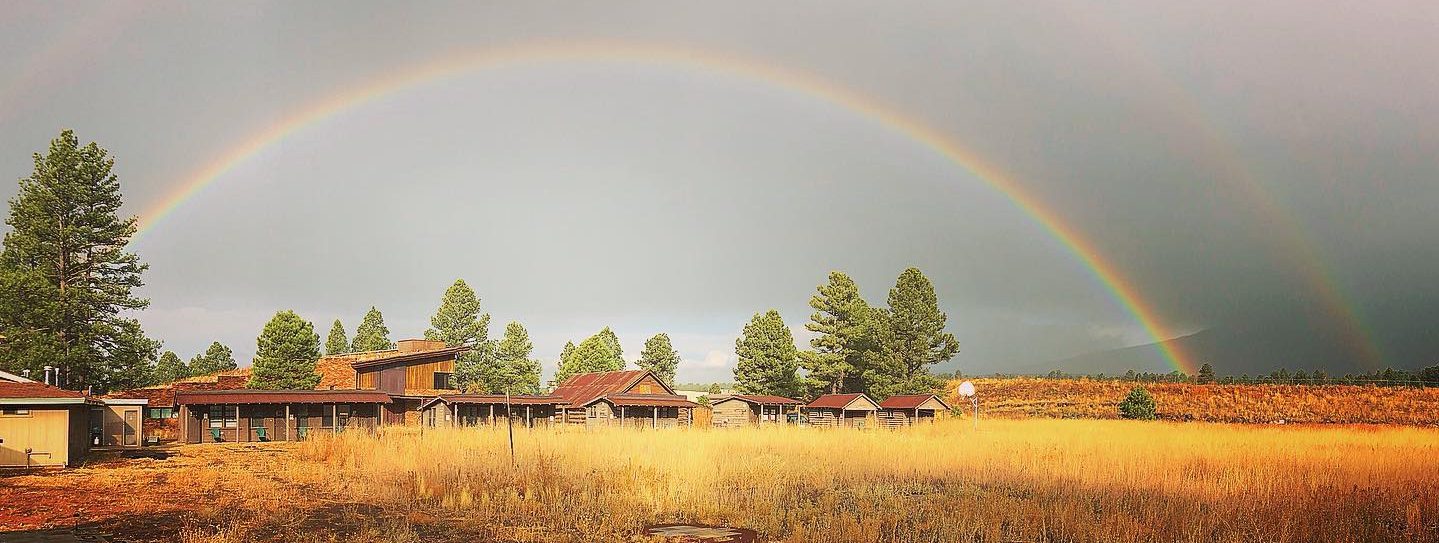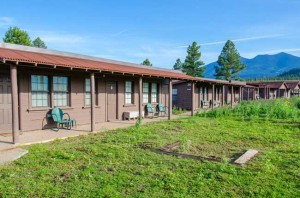
 These rustic cabins provide housing for interns, visiting scholars, performers, and artists in residence. Called “Coops” because some of them were originally chicken coops, the single-room cabins are accompanied by a community kitchen and lounge area, and a bathhouse with laundry.
These rustic cabins provide housing for interns, visiting scholars, performers, and artists in residence. Called “Coops” because some of them were originally chicken coops, the single-room cabins are accompanied by a community kitchen and lounge area, and a bathhouse with laundry.
The Coops
Walcott
Originally a chicken coop on the Antelope Valley Ranch, the building was converted into student housing in the late 1940s when farm operations ended. It is named for geologist Charles D. Walcott.
Gilbert
Another original chicken coop, the building was converted into student housing. It is named for geologist Grove Karl Gilbert.
Dutton
The third chicken coop to be converted into student housing is named for geologist Clarence Edward Dutton.
Heye
The Heye (pronounced high) Foundation supported the Museum of the American Indian in New York City (it has now become the National Museum of the American Indian in Washington D. C.). The Coltons jokingly called this building Heye because it was a heated brooder house set on a high foundation.
Robinson
Named for San Francisco Peaks geologist Henry Hollister Robinson, the one-room structure was built in the 1930s as an outbuilding for Antelope Valley Ranch. It has been moved several times, most recently to its present location among the coops.
Merriam
Named for ornithologist C. Hart Merriam, an early scientist who explored northern Arizona, the one-room structure was built in the 1930s as an outbuilding for Antelope Valley Ranch. It has been moved several times, most recently to its present location among the coops.
Gregory
Named for geologist Herbert E. Gregory and built in 1955 from cinder blocks as a lounge and kitchen for male students staying in “the coops,” Gregory now serves as the kitchen and community room for coops residents.
Perin's Potties
Built in 1988 as a bathhouse for summer interns staying in “the coops,” it was named for Dan Perin who was then MNA Board President. It also has showers and laundry facilities.
